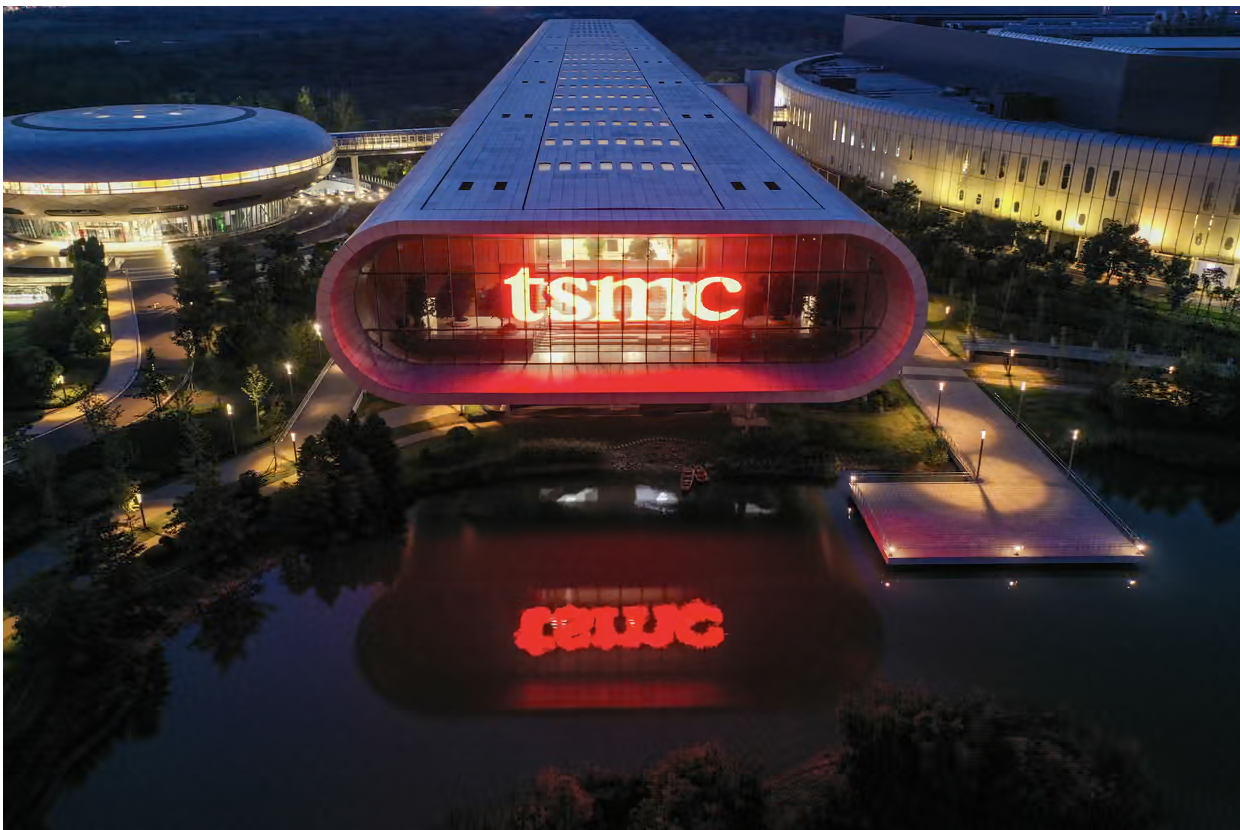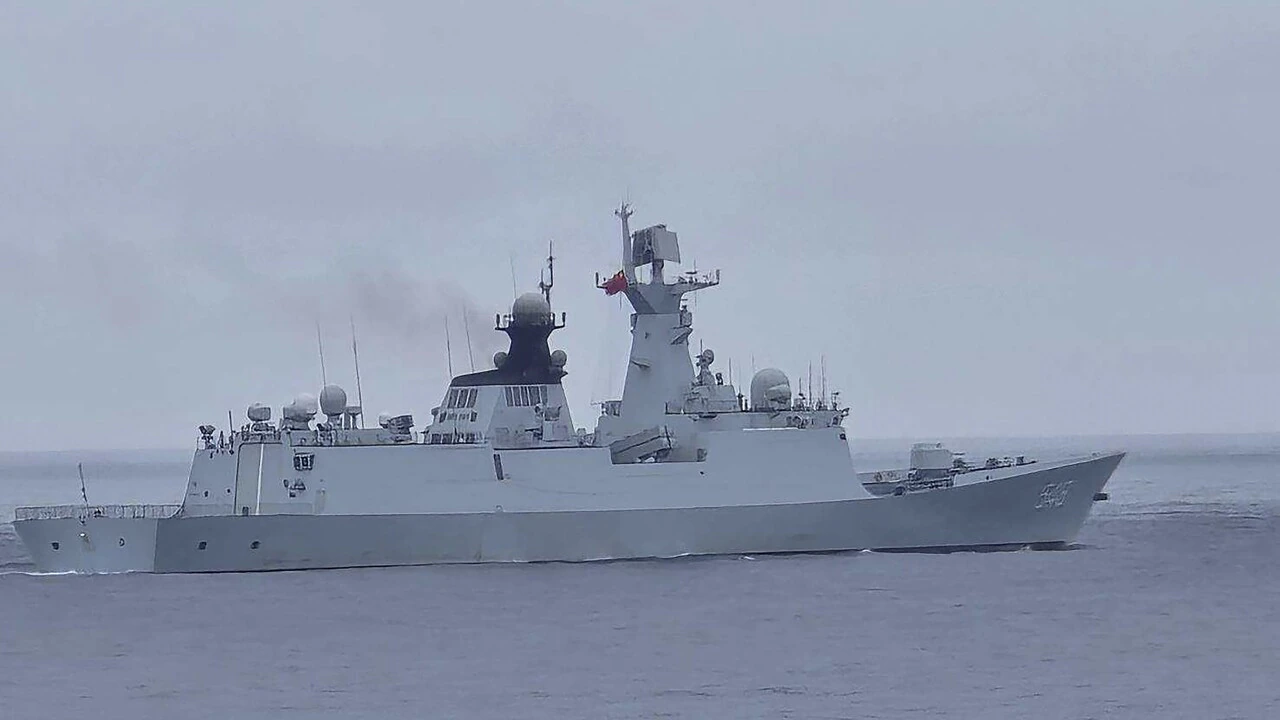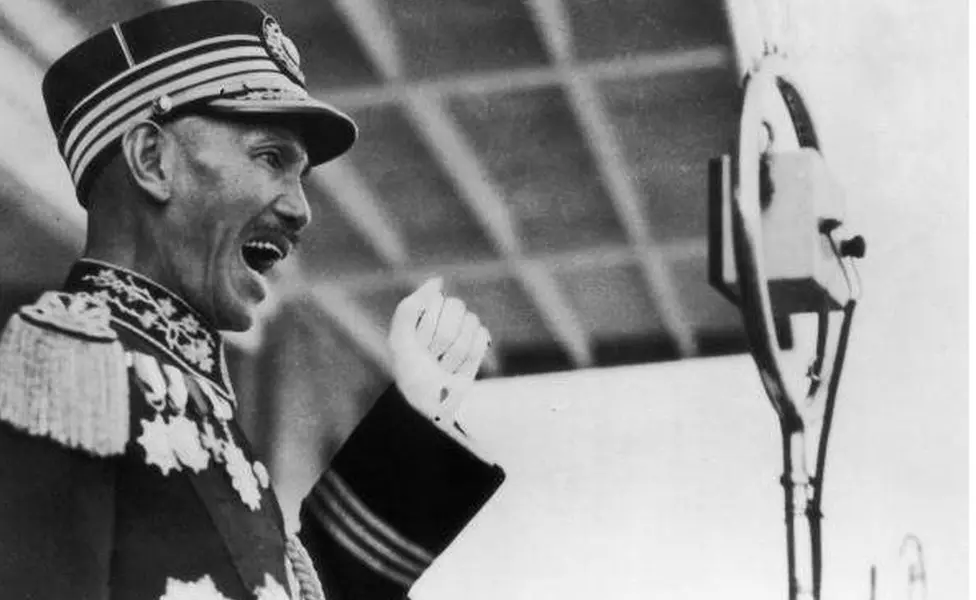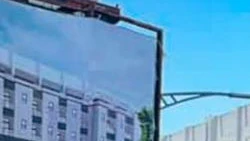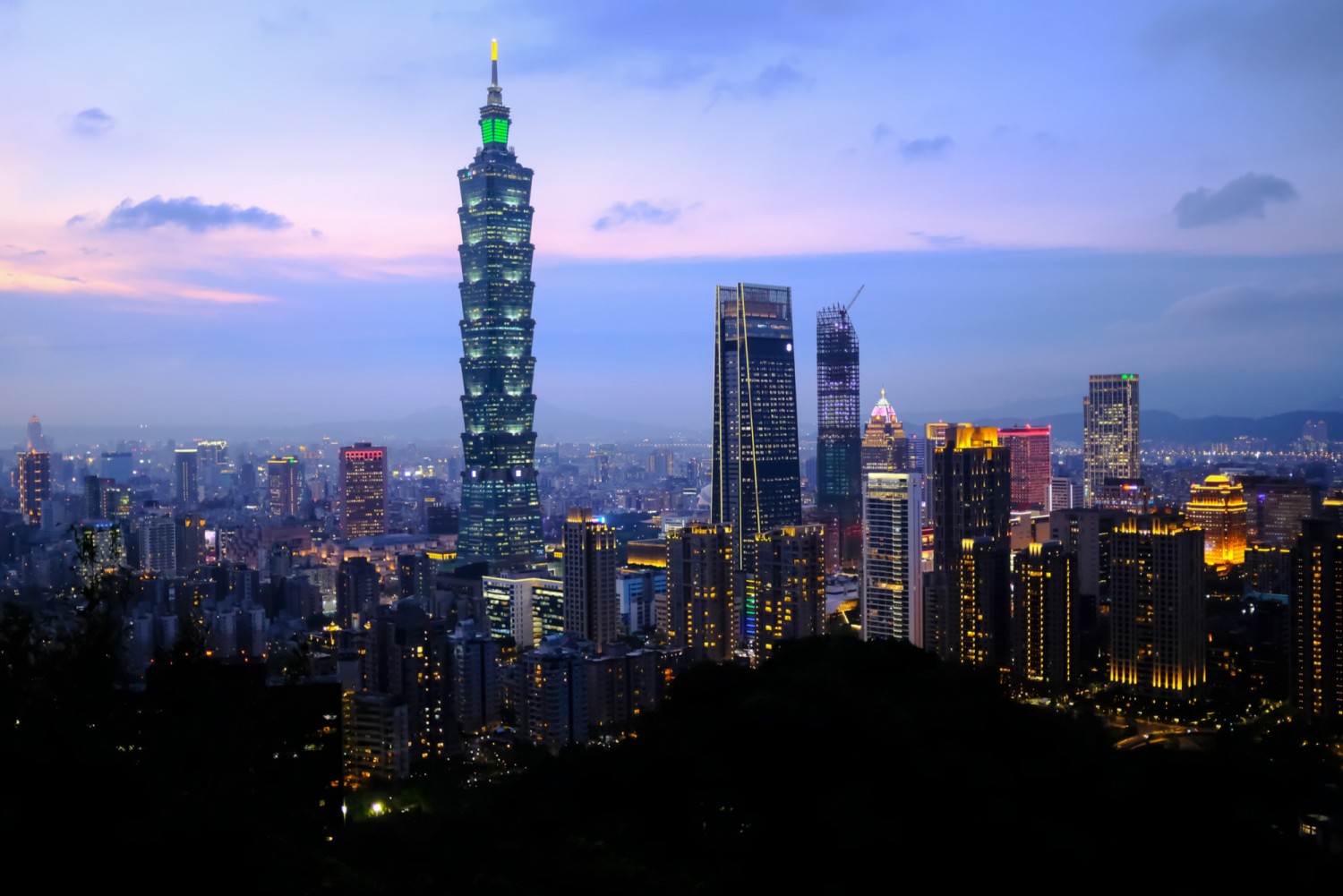
This article is more than
7 year oldUS destroyers test China’s resolve by passing through narrow Taiwan Strait
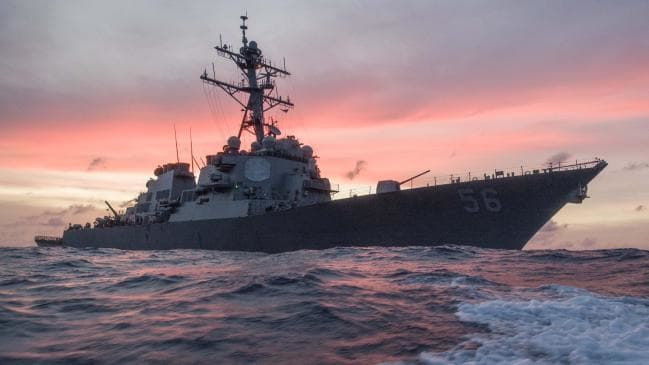
CHINA regards the narrow Taiwan Strait to be its own. International conventions — to which it is a signatory — say otherwise. Now the US has pushed two destroyers through the channel in a move bound to inflame tensions with Beijing.
Communist China insists the island is a ‘wayward province’. The Taiwanese are equally adamant that they are the last outpost of China’s valid democratic government.
In fact, the island was a Japanese protectorate before World War II.
The US guided missile destroyers USS Mustin and Benfold undertook the operation Saturday, according to anonymous defence officials speaking to media.
Taiwan’s Ministry of National Defense confirmed the destroyers had entered the strait from the south, the first such transit for a year.
Pacific Fleet spokesman Capt. Charlie Brown called the passage of the ships “a routine transit.”

“US Navy ships transit between the South China Sea and East China Sea via the Taiwan Strait, and have done so for many years,” he said.
China has been boosting its own presence in the region, and in January sailed its own aircraft carrier through the narrow waterway for the first time.
What we know about China’s new aircraft RELATED: carriers
The two US warships sailed through the strait while Secretary of State Mike Pompeo was in Pyongyang meeting senior North Korean leaders.
Both destroyers are based in Japan. The USS Mustin is part of the USS Ronald Reagan aircraft carrier strike group which has been patrolling in the contested South China Sea in recent weeks.

The USS Ronald Reagan did not take part in the manoeuvre. The last time a US carrier did so was in 2007.
US Defence Secretary Jim Mattis visited Beijing last week for the first time. It was the first visit by a defence chief in four years.
EXPLORE MORE: Inside Australia’s new Hunter-class frigates
He accused China of breaking a vow by President Xi not to “militarise” its controversial artificial islands. Instead, they’ve been turned into heavily defended, hardened fortresses.
China has also been ramping up international diplomatic pressure over its claims on Taiwan, forcing international airlines to refer to it as part of China.

Beijing has also insisted the US must not increase defence ties or deployments to the island, occupied by the remnants of China’s Republican government in 1949 after the civil war which saw the Communist seize the mainland.
In a recent Chinese state-run media editorial, deputy director of Institute of Taiwan Studies of the Chinese Academy of Social Sciences Wang Shushen said: “If the US and Taiwan insist on playing with fire, let them burn their hands.”
RELATED: China scrambles to replace ‘fatal’ jet fighter
Taiwan’s President Tsai Ing-wen has called for international assistance to resist China’s expansionist behaviour.
“This is not just Taiwan’s challenge, it is a challenge for the region and the world as a whole, because today it’s Taiwan, but tomorrow it may be any other country that will have to face the expansion of China’s influence,” Tsai told AFP. “We need to work together to reaffirm our values of democracy and freedom in order to constrain China and also minimise the expansion of their hegemonic influence.”
